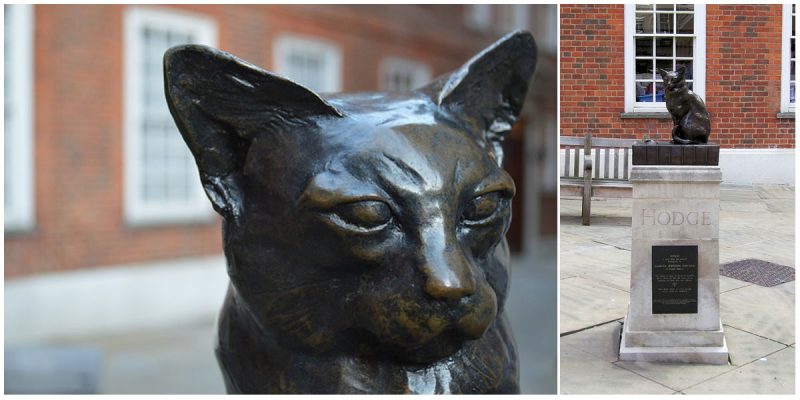Samuel Johnson was an English writer who made lasting contributions to English literature. He has been described as “arguably the most distinguished man of letters in English history.” He is also the subject of the most famous single biographical work in the whole of literature, James Boswell’s Life of Samuel Johnson.
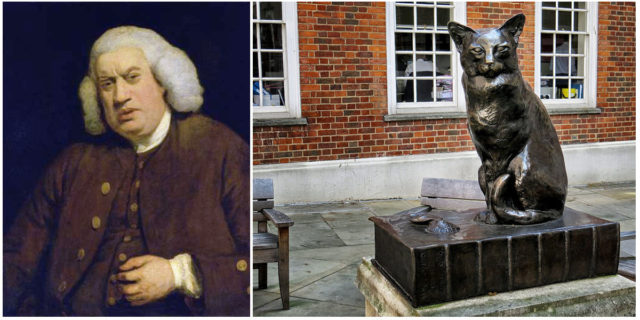
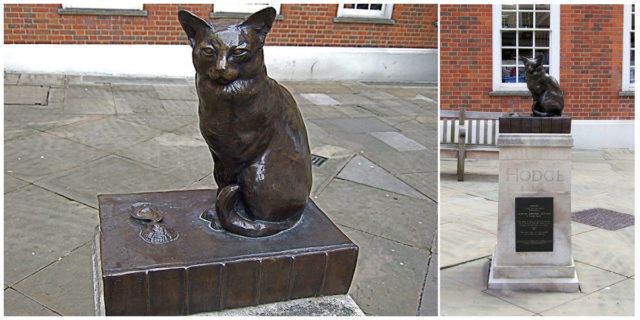
Hodge was one of Johnson’s cats, his treasured companion. The name “Hodge” is a variation of Roger and was a traditional name for an English countryman. Hodge was a black cat who really loved oysters. In the 18th century, oysters were plentiful around the coasts of England and so cheap that they were a staple food of the poor. Boswell also noted how Johnson went out to purchase valerian (a plant that cats like, similar to catnip) to ease Hodge’s suffering as death approached.
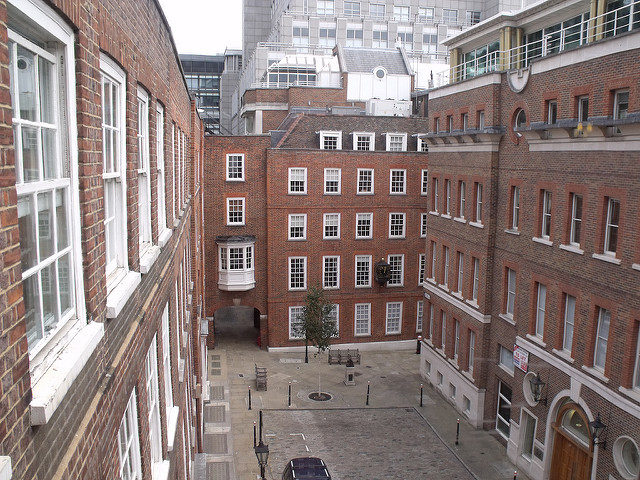
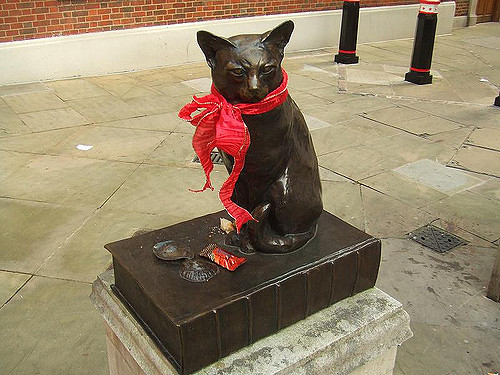
Today Hodge is remembered by a bronze statue made by sculptor Jon Bickley and unveiled by the Lord Mayor of the City of London in 1997. It is located outside Johnson’s house at Number 17 Gough Square, where he lived from 1748 to 1759. The statue shows Hodge sitting next to a pair of empty oyster shells atop a copy of Johnson’s famous dictionary, inscribed with the words “a very fine cat indeed.” Visitors place coins in the oyster shells as tokens of good luck. To mark special occasions, a pink or red piece of counsel’s ribbon may be seen tied to one of the oyster shells or around Hodge’s neck.
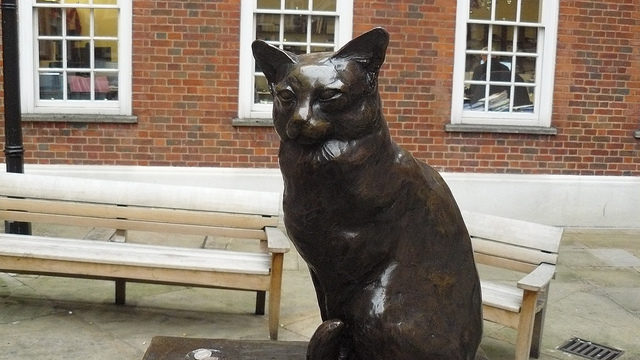
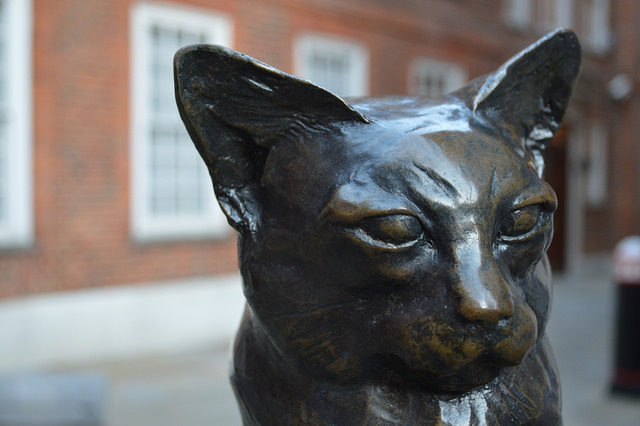
Boswell paints Johnson as a character with a seemingly boundless generosity and optimism for humankind. Beside his beliefs concerning humanity, he really loved his cats.”I never shall forget the indulgence with which he treated Hodge, his cat”, Boswell wrote.
